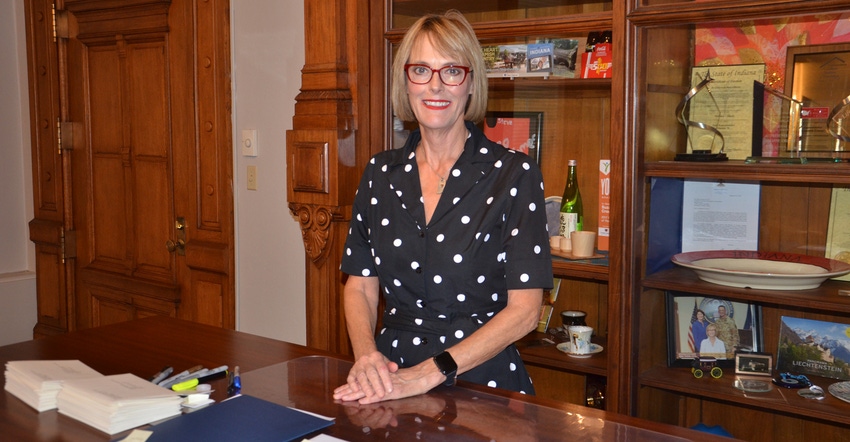October 29, 2018

Griffin is a tiny town in the southwestern toe of Indiana, nestled into northwestern Posey County. The houses are well-kept, but there aren’t many businesses left. Yet you would have better luck by far uploading reams of pictures collected by an unmanned aerial vehicle from a farm office near Griffin than you would from a farmhouse 20 miles to the east, closer to Evansville. In fact, you would fare better there than sitting in the heart of Johnson County, 25 miles south of Indianapolis, or in eastern Hamilton County, 25 miles northeast of Indianapolis.
That’s because a visionary local utility has provided fiber optic access to the Griffin area. The other areas mentioned don’t have fiber optic cable available to everyone. Despite their proximity to big population centers, residents and businesses there don’t have access to a long-term solution to dependable, high-speed internet. In the meantime, people in those areas make do with whatever solution they can find. I know — I’m the one in the heart of Johnson County.
Until high-speed rural broadband is a reality for every rural Hoosier, much of the technology coming out of the pipeline to energize agriculture today won’t be fully usable. That’s one reason why Suzanne Crouch, Indiana’s lieutenant governor and secretary of agriculture, puts a high priority on finding broadband solutions.
It’s one of the subjects she was most passionate about when we visited with her recently. She counts what she and her staff have done so far to extend rural broadband as an accomplishment, but also considers it a challenge for the future.
Broadband question
Crouch believes moving Indiana toward delivering rural broadband is important because technology is crucial. Technology is one of our greatest next frontiers. But we need adequate broadband service to make it happen.
“We are doing several things through the Office of Community and Rural Affairs to make this happen,” Crouch says. By statute, the lieutenant governor is also secretary of OCRA. “We recently announced that five communities will receive $50,000 block grants to educate, create and identify ways to improve broadband speed in their areas.”
These communities include Dale; English, in partnership with Marengo and Milltown; Bloomfield, Switz City, Jasonville and Worthington in Greene County; Bremen, Culver and La Paz in Marshall County; and Hamlet, Knox and North Judson in Starke County.
That’s not all OCRA is doing to move broadband forward into rural areas. “We’ve created a special position so that someone will be thinking about and promoting rural broadband solutions full time,” Crouch adds.
The director for broadband opportunities is housed within the Office of the Lieutenant Governor. Crouch named Scott Rudd to head up the position. She notes he’s hard at work on the challenge right now.
In addition, Crouch announced earlier this fall that the Federal Communications Commission is providing $29 million in grants over 10 years for six businesses in Indiana to develop broadband in their areas. They will increase broadband at a total of 24,530 locations in Indiana. Businesses receiving grants include Benton Ridge Telephone Co., Mercury Wireless, Orange County REMC, Perry-Spencer Rural Telephone, RTC Communications Corp. and Whisper ISP Inc.
Gov. Eric Holcomb is also helping to promote extending high-speed broadband into rural areas, Crouch says. “He intends to designate $100 million toward efforts to improve rural broadband access. This is an important commitment for rural Indiana.”
You May Also Like




